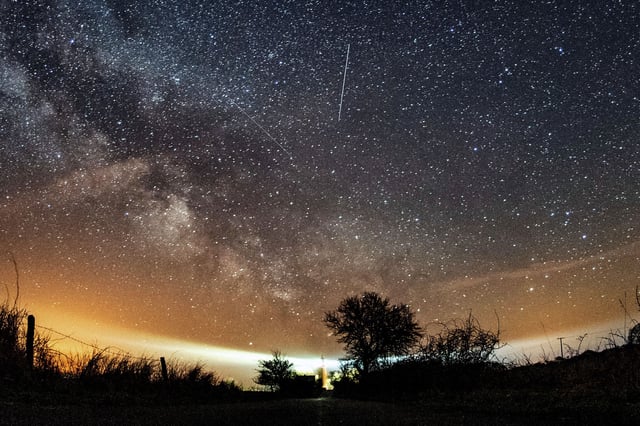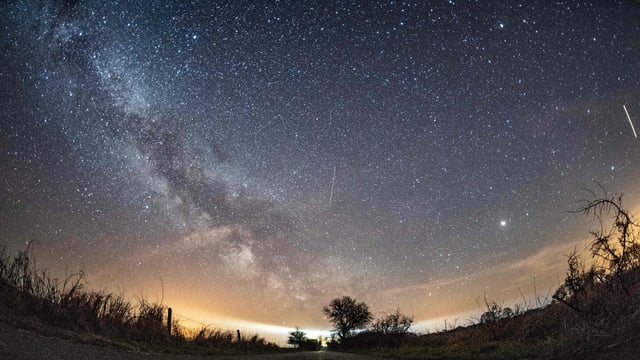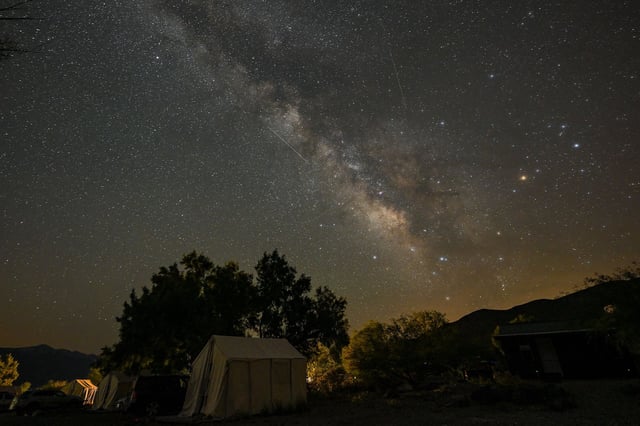Overview
- The Lyrid meteor shower, sourced from Comet Thatcher, peaks between April 21 and 22, with activity gradually tapering off by April 26.
- Observers under dark skies typically see up to 18 meteors per hour, but this year visibility is reduced to about five per hour due to a waning crescent moon and regional cloud cover.
- The best viewing conditions are forecast for the U.S. West Coast and Southwest, while storms and clouds are expected to obscure views across the East Coast and parts of the north-central U.S.
- For optimal viewing, stargazers should avoid light pollution, allow 30 minutes for their eyes to adjust, and look away from the radiant point near the constellation Lyra for longer meteor trails.
- The Lyrids, one of the oldest recorded meteor showers observed for 2,700 years, occasionally produce rare outbursts of up to 100 meteors per hour, with the next predicted around 2042.



